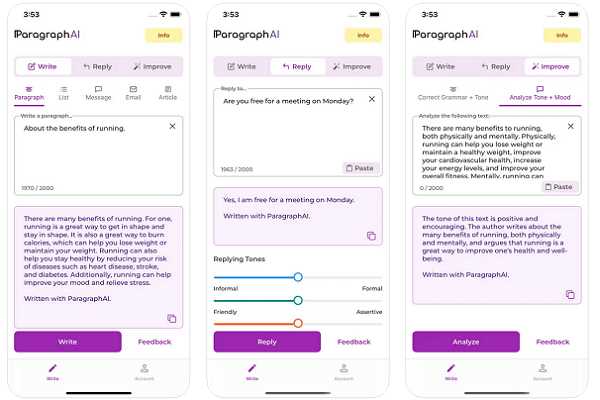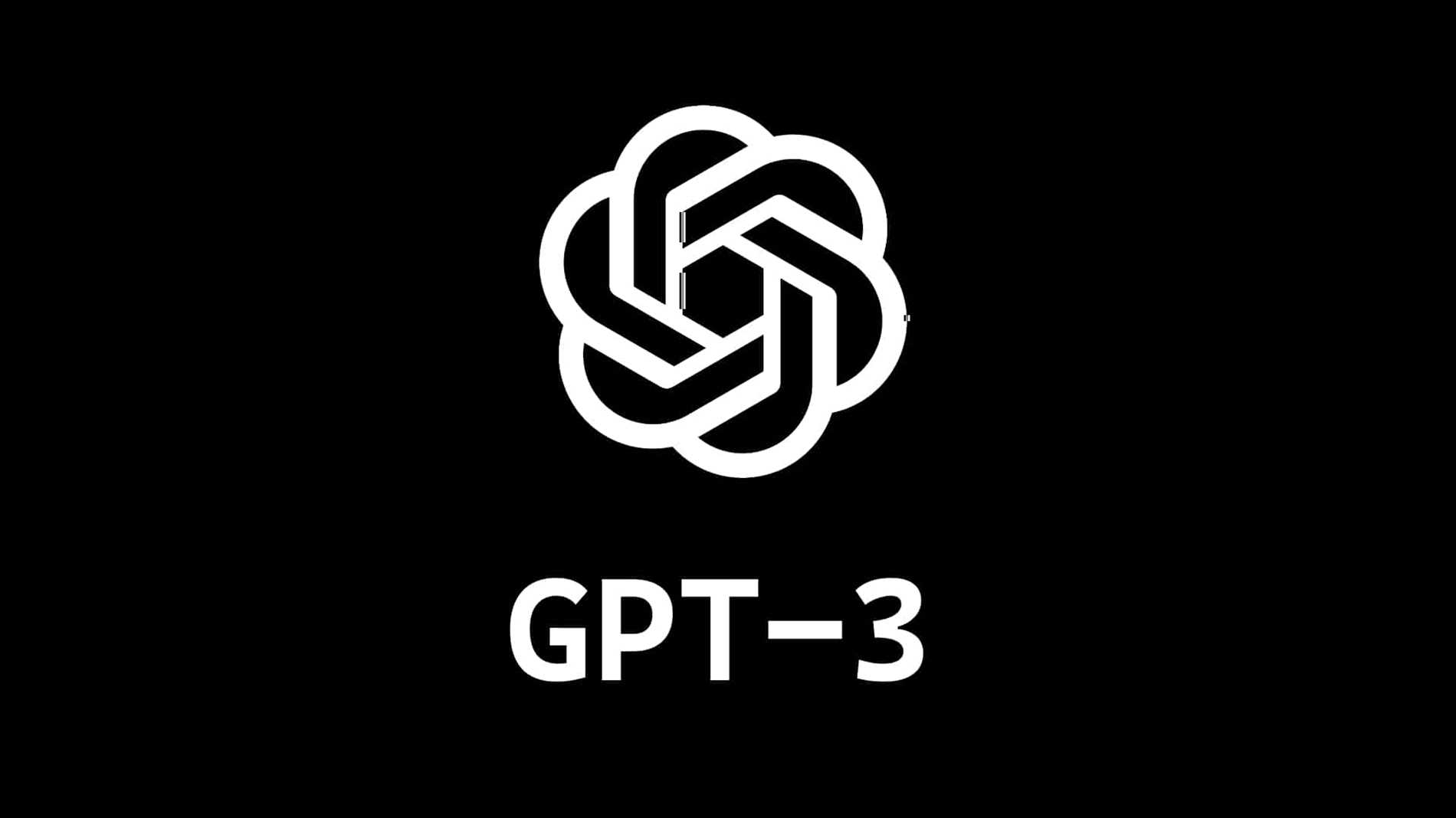
The arrival of artificial intelligence has revolutionized sectors of all kinds, and the field of language generation is no exception, and Openai’s latest creation, the GPT-3 Paper App, pushes the boundaries of what AI can achieve in the field of natural language processing.
Generate First Trained Transformer 3 (GP T-3)-THIT is an extensive language model created by OpenAI. Trained on a large dataset with billions of texts from online, Paper App GPT-3 takes this technology one step further by making it easy for users to generate words that look like people.
With Paper App GPT-3’s support, users can simply give short hints and the artificial intelligence model will generate detailed and consistent answers. This includes creating essays, answering questions, creating conversational agents, and creating code. The generated words are often indistinguishable from those actually written by a person, making it a game changer in the field of language generation.
The potential applications for the GPT-3 cardboard application are huge. It can be used to automate content, provide support for written reports, and improve customer service by providing direct and clear answers. In addition, manufacturers can use the power of the GPT-3 corrugated application to create intelligent chatbots and virtual assistants that can recognize and respond to natural language requirements.
However, despite its groundbreaking potential, the application GPT-3 paper still evokes ethical challenges. The potential for abuse, including the distribution of incorrect information and the creation of false news, is considered an important challenge to overcome, and Openai is working hard to develop security measures to limit these dangers and ensure that this powerful technology is taken seriously in its implementation.
In addition, the GPT-3 paper, with its advanced artificial intelligence, will revolutionize the field of language creation. This opens up new opportunities to automate language-related tasks and create intelligent systems that know and generate words like humans. However, it is of utmost importance that security measures be put in place to handle this technology and prevent abuse.
What is GPT-3?

GPT-3 is a language generation model developed by OpenAI shortly before “Generator’s First Trained Trans 3”; it is the third version of the GPT series and has received much attention thanks to its exciting potential in the field of natural language processing and awareness.
GPT-3 is implemented in a deep learning architecture known as Transducer, where human-like words are cultivated and generated. The model is initially trained on a large text dataset that includes a wide range of sources such as books, memos, and websites. This preparatory training allows GPT-3 to learn statistical patterns and structures in the text.
In contrast to previous iterations, GPT-3 contains a large reach of 175 billion features, making it one of the best language models to date. Thanks to this multitude of features, GPT-3 can produce fairly consistent and contextually relevant textual responses when a prompt or question is asked.
One of the most impressive features of GPT-3 is its ability to perform a wide range of language-related tasks, including translation, summarization, answering questions, and writing software code. This versatility is due to its ability to recognize and generate words in all kinds of domains and styles.
GPT-3 can also perform creative tasks such as story telling and sealing. It can create fictional stories, write poetry in a particular style, and participate in text conversations that are indistinguishable from human conversations.
Overall, GPT-3 represents an important step forward in the processing of natural language, offering a revolution in this field and offering its own impressive possibilities for generating language. Potential applications cover all kinds of domains, including content creation, buyers, learning languages, and almost everything else; GPT-3 is expected to continue shifting the limits of artificial intelligence language models with future developments and improvements.
Leave a Comment